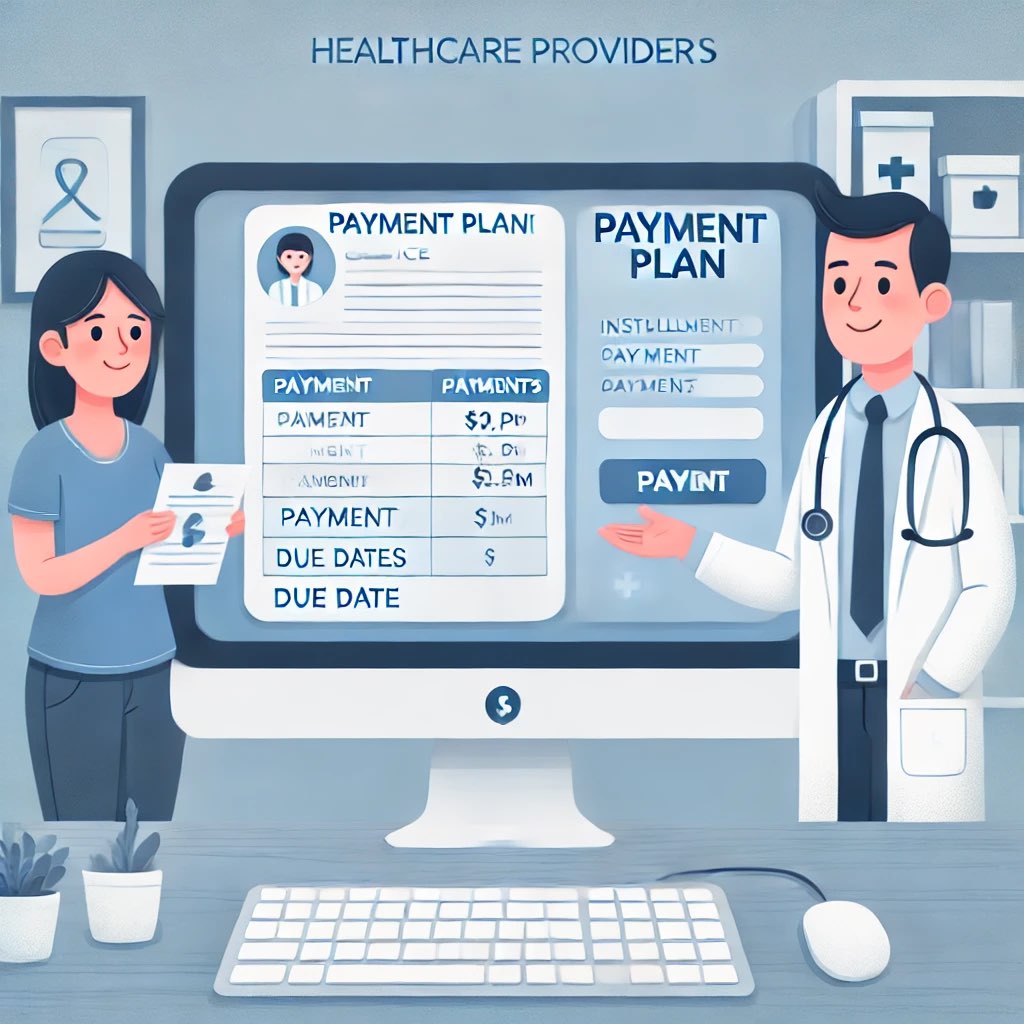Introduction
Medical practices and healthcare providers face a unique challenge when it comes to managing payments. Unlike many other industries, patients often don’t plan for large medical expenses, and insurance coverage doesn’t always cover the full cost. As a result, many healthcare providers struggle with unpaid bills, patient frustration, and the administrative burden of chasing payments.
This is where payment plan software can make a significant difference. By offering flexible payment plans, healthcare providers can streamline their medical collections process, improve patient satisfaction, and increase cash flow. In this post, we’ll explore how payment plan software can transform medical collections and provide tips for implementing it in your practice.
The Challenge of Medical Collections
Medical collections are inherently complex. Here are a few reasons why:
-
High Costs and Unplanned Expenses: Medical procedures, even routine ones, can be expensive. Patients may be unprepared to handle sudden high costs, leading to delayed or missed payments.
-
Insurance Confusion: Patients often assume that their insurance will cover more than it actually does. When they receive unexpected bills for what insurance didn’t cover, it adds to the confusion and frustration.
-
Administrative Burden: For healthcare providers, chasing down unpaid bills is time-consuming and costly. The time staff spends on follow-up calls and managing collections could be used for more patient-focused activities.
The Role of Payment Plan Software
Payment plan software offers a practical solution to the medical collections problem. It helps healthcare providers and patients alike by allowing patients to break down large bills into manageable installments, which reduces the risk of missed or late payments. Here’s how payment plan software can help you manage medical collections more effectively:
1. Increased Flexibility for Patients
Patients are more likely to pay off their medical bills if they’re given the flexibility to do so over time. Payment plan software allows healthcare providers to offer customized payment options based on the patient’s financial situation. Whether it's weekly, bi-weekly, or monthly payments, this flexibility helps reduce the financial strain on patients, making it easier for them to stay on top of their obligations.
2. Automated Payment Processing
Chasing patients for payments can be awkward and inefficient. With payment plan software, you can automate the entire payment process. Once a payment plan is agreed upon, payments are automatically deducted on scheduled dates, reducing the need for manual follow-ups or missed payments. The automation also helps to reduce errors and ensures accuracy in every transaction.
3. Improved Cash Flow
Payment plans ensure that your practice receives steady cash flow over time. Rather than waiting for a lump sum that may never come, you’ll consistently receive smaller payments. This predictable revenue stream can help cover operational costs and improve the financial stability of your practice.
4. Real-Time Reporting and Analytics
With payment plan software, you can monitor the status of all outstanding accounts and payments in real time. This provides valuable insights into which accounts are on track and which ones may need attention. Additionally, advanced reporting tools allow you to forecast future cash flow based on current payment plans.
5. Enhanced Patient Relationships
Offering payment plans improves patient satisfaction. By providing financial flexibility, you show empathy for the patient’s financial situation. When patients feel they are being supported rather than hounded for payment, it strengthens their relationship with your practice and encourages them to return for future care.
Best Practices for Implementing Payment Plan Software in Healthcare
Now that we’ve outlined the benefits of payment plan software, here are some best practices for implementing it effectively in your medical practice:
1. Offer Payment Plans Proactively
Don’t wait for patients to become delinquent in their payments before offering a solution. Be proactive. When providing a cost estimate or invoice, offer flexible payment options upfront. This ensures that patients don’t feel overwhelmed by the full cost, and they’re more likely to agree to manageable installments.
2. Customize Payment Plans to Patient Needs
Not all patients are in the same financial situation. Offer customizable payment plans that meet the specific needs of each patient. Some may prefer a longer-term plan with smaller payments, while others may want to pay off their balance as quickly as possible.
3. Integrate with Your Billing System
Ensure that your payment plan software integrates seamlessly with your existing medical billing system. This will help reduce administrative overhead and avoid any potential for human error when transferring data between systems.
4. Communicate Clearly with Patients
Transparency is key when offering payment plans. Make sure that patients fully understand the terms of their plan, including the payment schedule, due dates, and any potential late fees. Clear communication helps avoid misunderstandings that could lead to non-payment.
5. Monitor and Adjust Plans as Needed
Use your payment plan software’s analytics and reporting features to track how well patients are adhering to their payment schedules. If a patient starts to fall behind, offer them additional flexibility or re-negotiate their plan to avoid sending their account to collections.
Conclusion
Managing medical collections doesn’t have to be stressful or time-consuming. By using payment plan software, healthcare providers can offer flexible, automated payment solutions that increase patient satisfaction and improve cash flow. Payment plan software not only simplifies the collection process but also strengthens the relationship between healthcare providers and their patients by offering practical, empathetic solutions to financial challenges.
In today’s healthcare landscape, offering financial flexibility is more important than ever. If your practice hasn’t already explored payment plan software, now is the time to consider it as a way to reduce the burden of collections while helping your patients manage their medical expenses with ease.
Interested in improving your medical collections process? Contact us today to learn how our payment plan software can streamline your billing and reduce administrative burdens.




